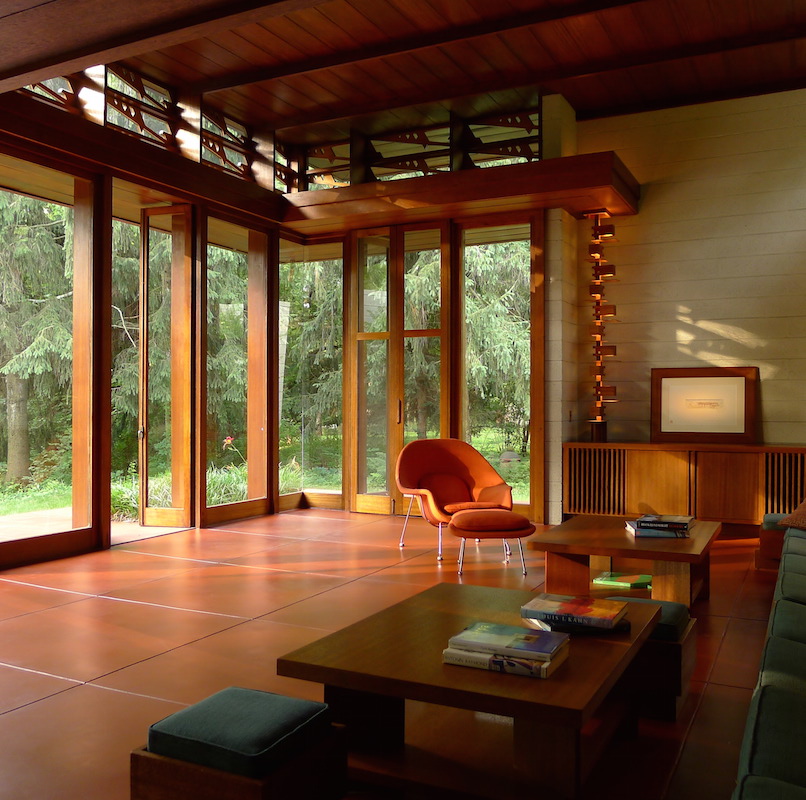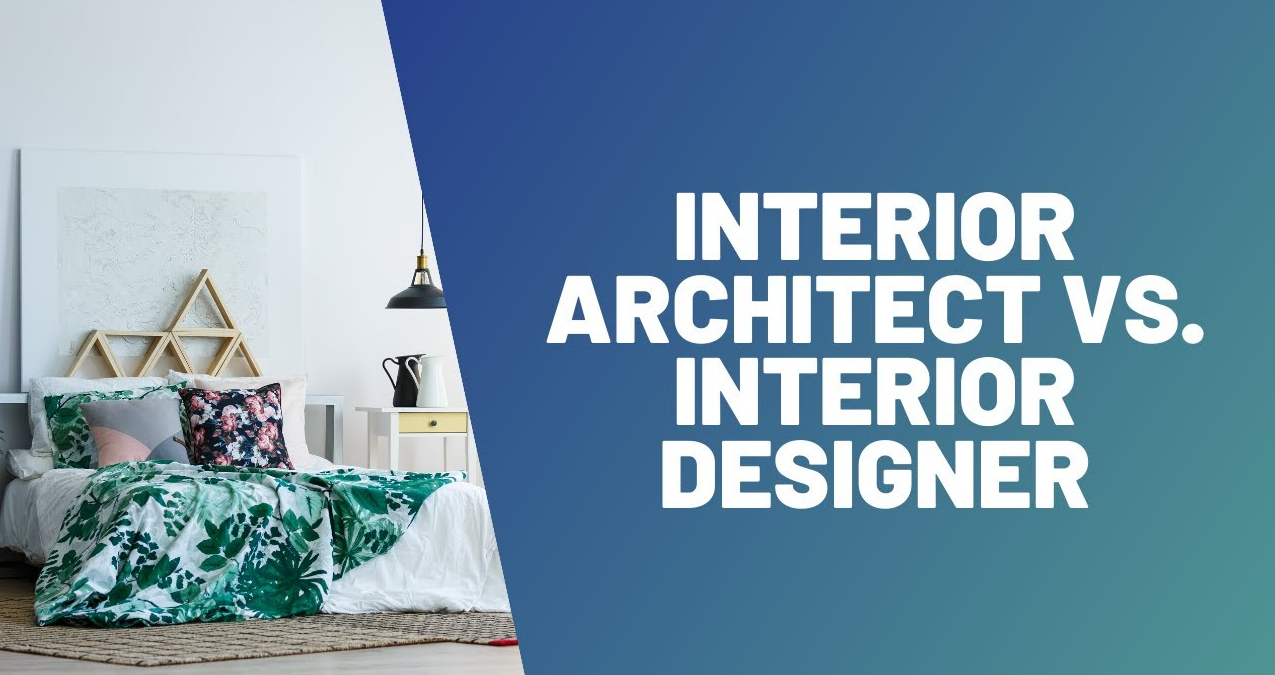The Art of Equilibrium: How Interior Design and Home Architect Collaborate for Stunning Results
In the realm of home layout, striking an equilibrium between aesthetics and performance is no little task. This delicate balance is achieved via the unified cooperation in between indoor designers and designers, each bringing their one-of-a-kind expertise to the table. The outcome? Rooms that are not only visually spectacular yet also incredibly livable. This best blend is not always very easy to attain. Remain with us as we check out the ins and outs of this collective process and its transformative effect on home design.
Understanding the Core Distinctions In Between Interior Style and Home Style
While both indoor design and home architecture play essential roles in creating cosmetically pleasing and useful areas, they are naturally different disciplines. It deals with the 'bones' of the structure, functioning with spatial measurements, load-bearing wall surfaces, and roof designs. On the various other hand, interior style is a lot more concerned with enhancing the aesthetic and sensory experience within that framework.
The Synergy In Between Home Architecture and Inside Style
The harmony in between home style and Interior Design lies in a shared vision of style and the improvement of functional appearances. When these two fields align harmoniously, they can transform a home from ordinary to amazing. This cooperation calls for a deeper understanding of each self-control's principles and the ability to create a natural, visually pleasing atmosphere.
Unifying Design Vision
Linking the vision for home architecture and Interior Design can produce a harmonious home that is both functional and visually pleasing. The balance starts with an incorporated way of thinking; engineers and interior developers team up, each bringing their expertise. This unison of concepts develops the design vision, a plan that guides the task. This shared vision is necessary for uniformity throughout the home, ensuring a liquid shift from outside architecture to indoor areas. It promotes a collaborating strategy where architectural components enhance Interior Design parts and the other way around. The outcome is a cohesive home that reflects the property owner's way of life, character, and preference. Therefore, unifying the layout vision is crucial in blending design and Interior Design for spectacular results.
Enhancing Useful Visual Appeals
Just how does the harmony in between home architecture and Interior Design boost functional aesthetic appeals? This harmony enables the production of areas that are not just aesthetically appealing but likewise conveniently useful. Engineers prepared with their structural layout, guaranteeing that the room is effective and functional. The interior developer after that enhances this with meticulously selected components that enhance the visual appeals without compromising the functionality. This unified collaboration can lead to homes that are both lovely and livable. As an example, an engineer could create a home with huge windows and high ceilings. The interior developer can then emphasize these functions with tall plants and large drapes, respectively, therefore improving the aesthetic charm while preserving the useful benefits of all-natural light and spaciousness.
Significance of Partnership in Creating Balanced Spaces
The partnership in between interior developers and Bonuses engineers is pivotal in creating balanced spaces. It brings harmony between design and design, providing birth to spaces that are not just aesthetically pleasing however likewise functional. Checking out successful collective approaches can provide insights right into just how this synergy can be successfully accomplished.
Integrating Design and Architecture
Equilibrium, an essential facet of both Interior Design and style, can only genuinely be achieved when these 2 fields work in consistency. This harmony is not simply a visual consideration; it impacts the functionality, resilience, and inevitably, the livability of an area. Inside designers and architects should comprehend each other's duties, respect their expertise, and official site interact effectively. They need to consider the interplay of structural components with style, the circulation of spaces, and the effect of light and shade. This joint procedure results in a cohesive, balanced style where every element contributes and has a function to the overall aesthetic. As a result, integrating layout and style is not almost producing gorgeous areas, but about crafting rooms that work perfectly for their citizens.
Successful Collective Methods

Instance Studies: Successful Combination of Design and Design
Analyzing a number of instance researches, it ends up being apparent exactly how the effective combination of interior design and style can change a space. Engineer Philip Johnson and interior developer Mies van der Rohe teamed up to develop a harmonious equilibrium in between the structure and the inside, resulting in a smooth circulation from the outside discover here landscape to the internal living quarters. These situation studies underscore the profound effect of an effective layout and style partnership.

Getting Rid Of Challenges in Layout and Design Cooperation
Regardless of the obvious benefits of an effective collaboration between indoor style and design, it is not without its challenges. Engineers may prioritize architectural integrity and safety and security, while developers focus on comfort and design. Reliable communication, common understanding, and concession are essential to conquer these obstacles and achieve a unified and successful cooperation.

Future Patterns: The Progressing Partnership In Between Home Architects and Inside Designers
As the globe of home design continues to evolve, so does the relationship between architects and interior designers. Alternatively, indoor developers are welcoming technical aspects, affecting total layout and functionality. The future promises a more cohesive, ingenious, and adaptive strategy to home style, as architects and designers continue to obscure the lines, promoting a partnership that absolutely personifies the art of balance.
Conclusion
The art of balance in home design is attained with the unified partnership between indoor designers and engineers. In spite of difficulties, this collaboration promotes growth and development in design.
While both indoor layout and home design play necessary duties in producing cosmetically pleasing and practical rooms, they are inherently different techniques.The synergy between home style and indoor design lies in a common vision of design and the enhancement of practical visual appeals.Unifying the vision for home design and indoor style can create an unified living room that is both functional and cosmetically pleasing. Thus, unifying the layout vision is important in mixing style and interior layout for sensational results.
Exactly how does the synergy between home architecture and interior style boost practical visual appeals? (Winchester architect)